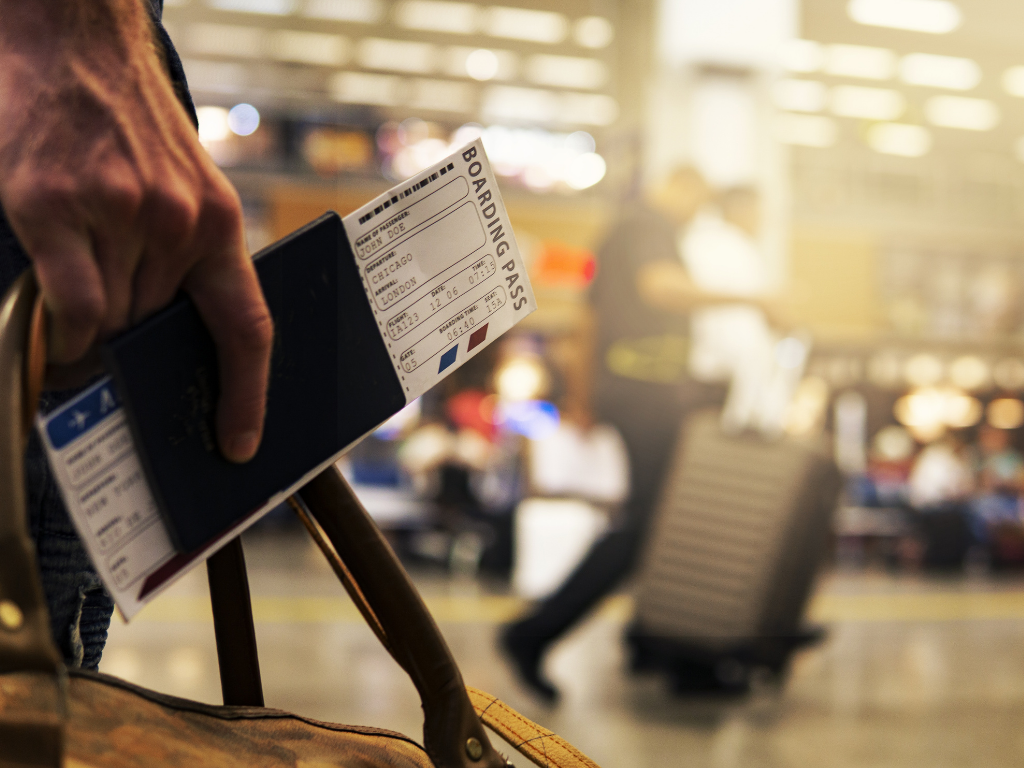VeriFly, Vaccination Cards, and Resources for your Travelers
With the additional complexity of entry and exit requirements for international travelers, gone are the days when we worried merely about passport expiration dates and the nuances of entry visas.
As participants navigate the evolving travel landscape, they’ll look to you for answers. It’s more important than ever to offer clear policies and resources for prospective travelers.
Today, we’re breaking down the basics to help you and your participants navigate entry and exit requirements with transparency and clear recommendations.
Who issues entry requirements for participants?
Participants should review the following for each destination:
Your policies as the operator (vaccination policies, COVID-19 exposure response plans, participant agreements, etc.)
Country- and government-issued entry & exit requirements
Airline-issued entry & exit requirements
Vaccination Cards - What should participants carry?
Participants should carry original vaccination cards with them for both domestic and international travel. Participants should also have a second copy with them and leave a copy at home. Digital copies are often accepted by restaurants and select vendors (museums requiring proof upon entry, etc.), but should be secondary to the original card.
Many countries will require participants to upload scanned copies of vaccination cards to “vaccine passport” or “health pass” prior to departure.
Verifly - What is it and who does it serve?
Verifly is a popular app by Doan that compiles entry requirements for destinations around the world and delivers users a condensed “to-do” list issued as a “pass” to travel.
Requirements to obtain a “pass” could include COVID-19 testing, vaccination verification, or the completion of a country’s “health pass.”
When all the requirements are complete, Verifly issues a “mobile badge” that is accepted by many airport ticket counters, facilitating streamlined check-in and boarding processes.
Testing - Who needs it and when?
While requirements vary widely based on destination and the evolving environment, you may or may not be able to enter the destination without a pre-travel test. To re-enter the United States (if that’s your participant’s return destination), all passengers need a negative test result. Alternatively, documentation of recovery within the past 90 days (the positive test result and a letter from a doctor clearing you to travel) is acceptable in many cases. The same is required for citizens and non-citizens entering the United States via air travel.
Additional Resources to share with participants
Questions to consider when fortifying your organization’s COVID-19 policy
What is your definition of “full vaccination” for travelers?
What will qualify as an “exposure” during travel?
What contingency plans are in place for quarantine or isolation as required? For accommodations? For meals? For supervision (if minors)?
Will participants be required to test during the program? If so, when? If so, what are the next steps for staff or participants?
Is your enrollment or sales team well-versed in your COVID-19 policies and able to adequately answer questions about contingency plans?
If necessary, do you know the proper channels to report a positive test result to local authorities in your destination? Do you know the expected follow up required by government agencies?
What is your refund policy if a prospective participant tests positive prior to travel? Is this clearly stated in your participant agreement and site?
Will you follow up with participants after the program ends to record test results or incidents?
For more information, sample policies, additional resources, or membership with Cornerstone, reach out to info@cornerstonesafetygroup.org.


